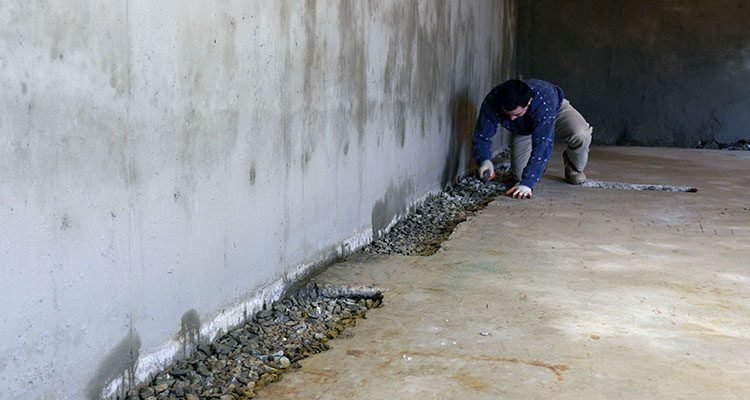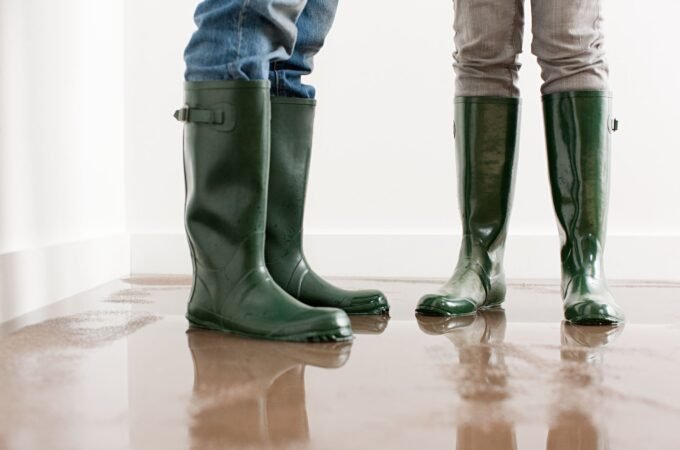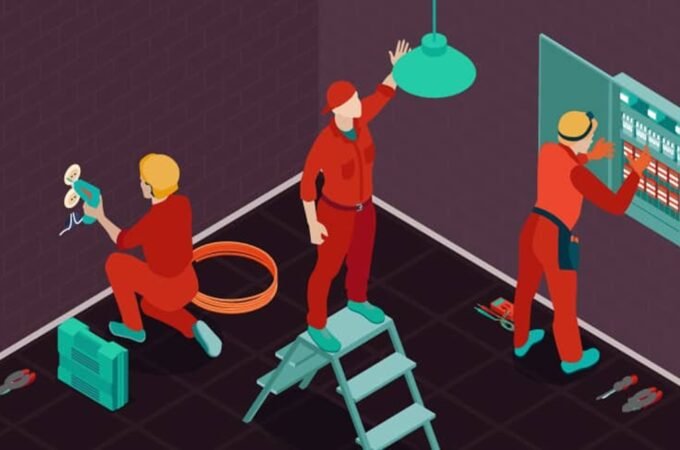
Understanding basement waterproofing from inside out
Waterproofing, as the name suggests, is the process of making a basement watertight. There are many ways to achieve this, but the most common and effective method is to install a waterproofing membrane on the interior walls of the basement. This will prevent water from seeping through the walls and into the living space.
Another way to waterproof your basement is to ensure that the exterior walls are properly sealed and insulated. This will help to keep moisture out and also prevent heat loss. You can also install a drainage system around the perimeter of the basement to collect any water that does seep in and channel it away from the building.
Table of Contents
ToggleThere are a few things you can do to protect the waterproofing of your business:
- Make sure that all pipes and drains are in good working order and are not leaking.
- Regularly check the gutters and downspouts to ensure they are clear of debris.
- Inspect the foundation regularly for cracks or other damage.
- If you do find any leaks, repair water leaks immediately.
Keeping your basement dry is important for two reasons: first, to prevent water damage to the structure of your business; and second, to protect the items you store in the basement. There are a few things you can do to keep your basement dry:
- Install a sump pump to remove any water that does seep in.
- Use a dehumidifier to help control the moisture levels in the air.
- Make sure that any vents or fans are properly sealed to prevent moisture from entering.
- Inspect the basement regularly for any signs of water damage.
When protecting your basement, there is no better way to do it than waterproofing it from the inside out. In general, there are two types of waterproofing: interior and exterior. Interior waterproofing is the most common and effective method, as it prevents water from ever entering the basement. Exterior waterproofing is also effective but not as foolproof as interior waterproofing.
The process of interior waterproofing involves the installation of a waterproofing membrane on the basement walls. This will create a barrier between the water and the living space, keeping your basement dry. Exterior waterproofing involves sealing and insulating the foundation and exterior walls of the business. This will help to keep moisture out and also prevent heat loss. You can also install a drainage system around the perimeter of the basement to collect any water that does seep in and channel it away from the building.
One of the reasons why many people prefer internal waterproofing is because it is a less expensive method than external waterproofing. It is also much easier to do and does not require as much time or money to maintain.
External waterproofing can be more expensive because it requires the help of a professional. You will also need to regularly check the gutters and downspouts to ensure they are clear of debris. In addition, you will need to inspect the foundation regularly for cracks or other damage. If you do find any leaks, repair them immediately.
While internal waterproofing is more common and often more effective, external waterproofing has some advantages. One advantage is that it can help improve your business’s curb appeal. Exterior waterproofing can make your business look more finished and polished. It can also help to increase the value of your business.
Another advantage of external waterproofing is that it can help extend your business’s life. By keeping moisture out, you can prevent rust and other damage to the structure of your business. In addition, you can keep your energy bills low by preventing heat loss.
When deciding whether to waterproof your basement from the inside or the outside, there are a few factors to consider. First, you must decide what type of waterproofing best suits your needs. Second, you must consider the cost of the different waterproofing. And third, you need to decide whether internal or external waterproofing is right for your business.
How do you ensure that your waterproofing lasts for years to come?
First, it is important to hire a professional to do the job. Second, you must regularly inspect the basement and ensure there are no leaks or other damage. And third, you need to maintain the gutters and downspouts properly. Maintaining your waterproofing is an ongoing process that requires regular attention and care. If you have problems with your waterproofing or are unsure how to maintain it properly, you should contact a professional.
By waterproofing your basement from the inside out, you can keep your business dry and safe from water damage. Waterproofing your basement will also help extend your business’s life and improve its curb appeal. If you have any questions about waterproofing your basement or need help deciding which type of waterproofing is right for your business, you should contact a professional.





